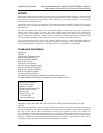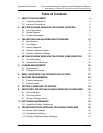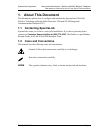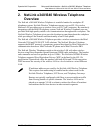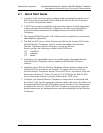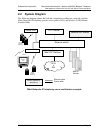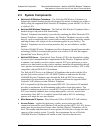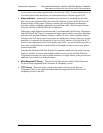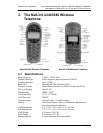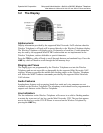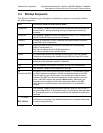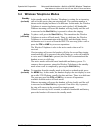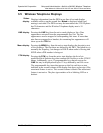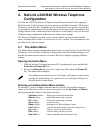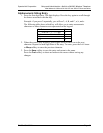
SpectraLink Corporation Setup and Administration—NetLink e340/i640 Wireless Telephone
Mitel Networks 3300 and SX-200 ICP and 5220 IP Phone emulation
2. NetLink e340/i640 Wireless Telephone
Overview
The NetLink e340/i640 Wireless Telephone is a mobile handset for workplace IP
telephone systems. NetLink Wireless Telephones operate over an 802.11b wireless
Ethernet LAN providing users a wireless voice over IP (VoIP) extension. By seamlessly
integrating with the Mitel IP telephony system, NetLink Wireless Telephone users are
provided with high-quality mobile voice communications throughout the workplace. The
NetLink Wireless Telephone gives users the freedom to roam throughout the workplace
while providing all the features and functionality of an IP desk phone.
The NetLink e340/i640 Wireless Telephone provides a wireless extension to the Mitel
Networks 3300 and SX-200 ICP VoIP solutions. The NetLink Wireless Telephone
supports the MiNET protocol, a proprietary protocol developed by Mitel Networks for
communication between a Mitel Networks IP phone and a Mitel Networks PBX.
The NetLink Wireless Telephones reside on the wireless LAN with other wireless
devices using Direct Sequence Spread Spectrum (DSSS) radio technology. The handset
radio transmits and receives packets at up to 11Mb/s. The NetLink e340/i640 Wireless
Telephone supports Wired Equivalent Privacy (WEP) as defined by the 802.11b
specification. SpectraLink offers the product with both 40-bit and 128-bit encryption.
WEP increases the security of the wireless LAN to a level similar to a wired Ethernet
LAN.
IP multicast addresses are used by the NetLink i640 Wireless Telephone.
This requires that multicasting be enabled on the subnet used for the
NetLink Wireless Telephones, SVP Server, and Telephony Gateways.
Routers are typically configured with filters to prevent multicast traffic
from flowing outside of specific domains. The wireless LAN can be
placed on a separate VLAN or subnet to reduce the effects of broadcast
and multicast traffic from devices in other network segments.
PN: 72-1084-02-D.doc Page 5




